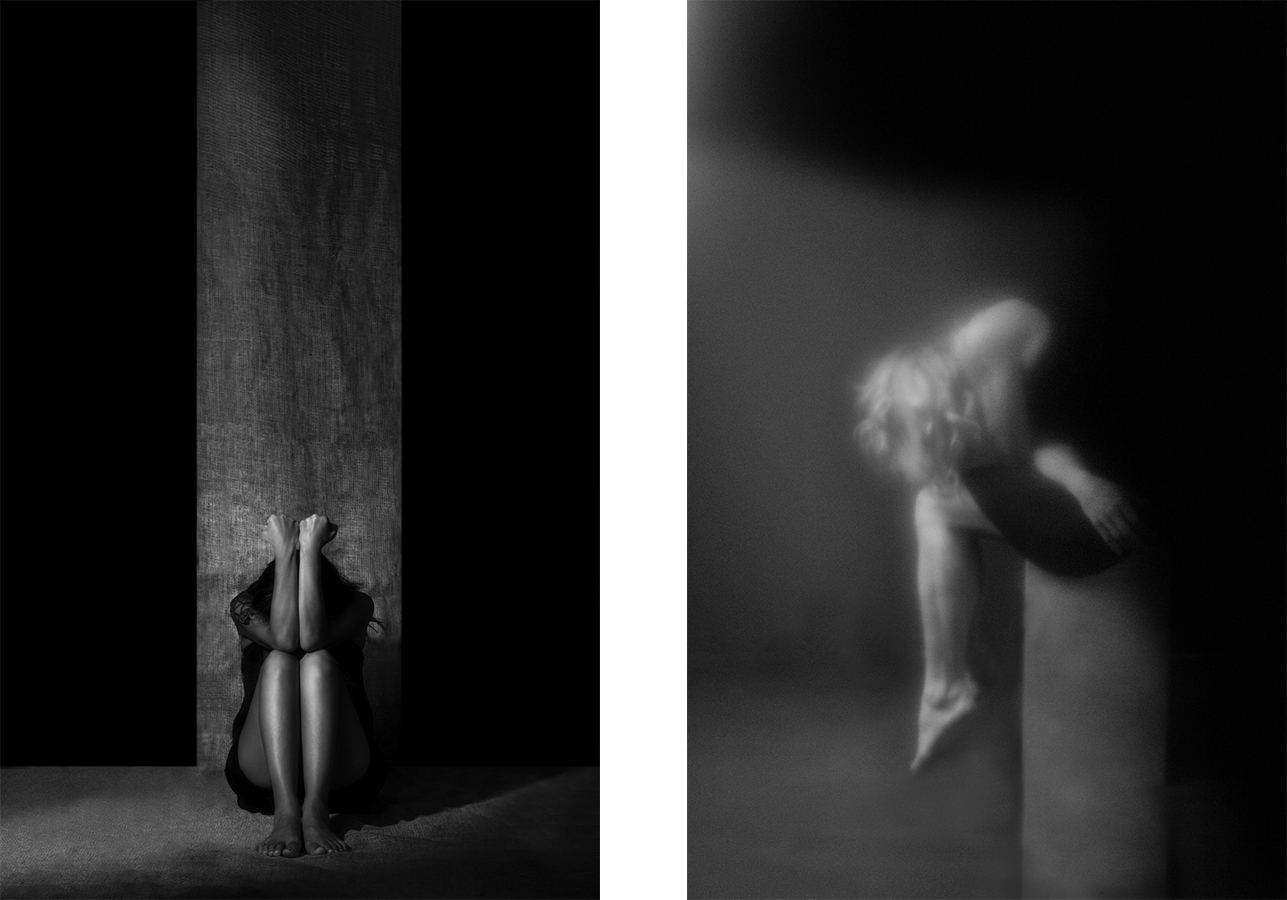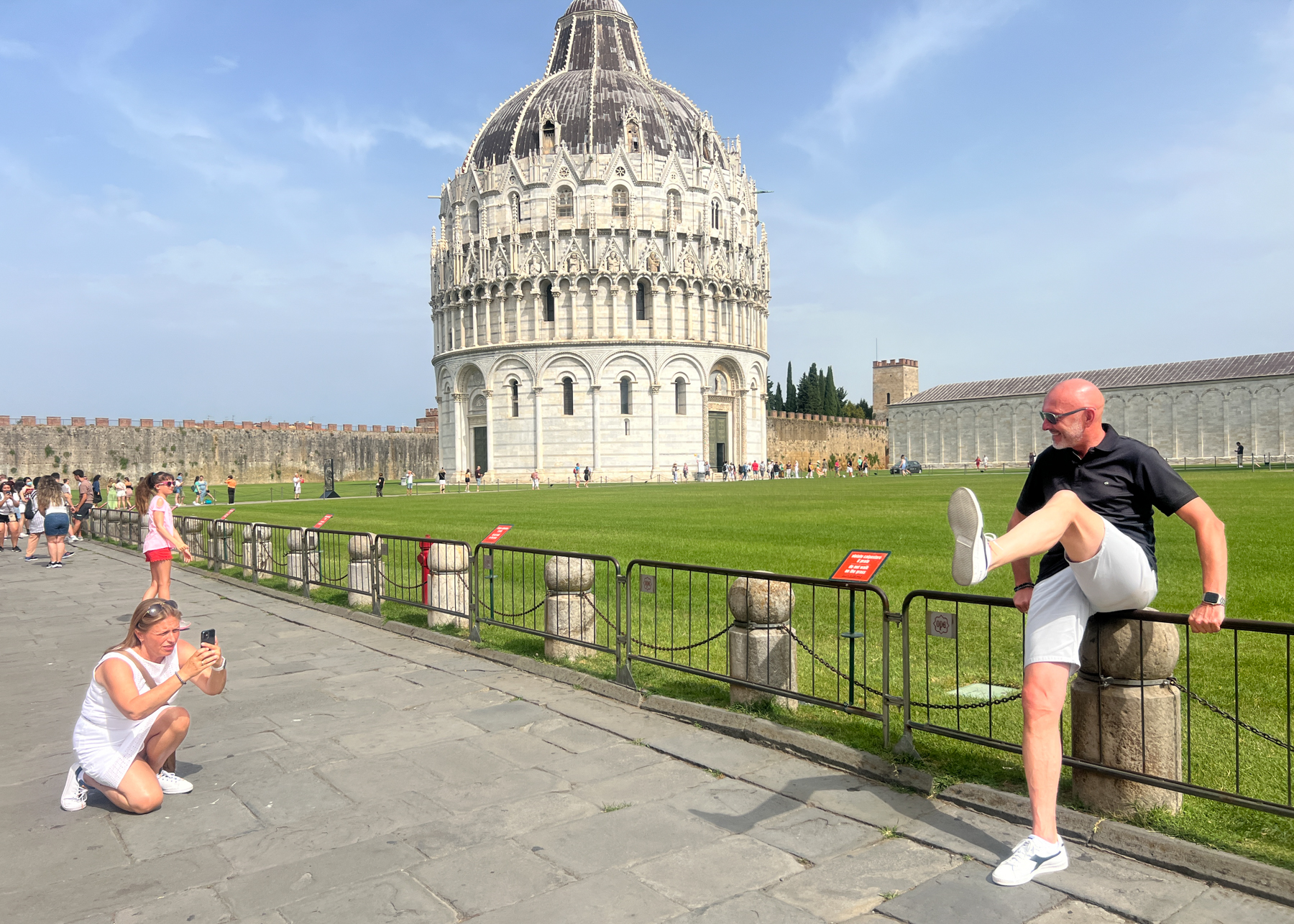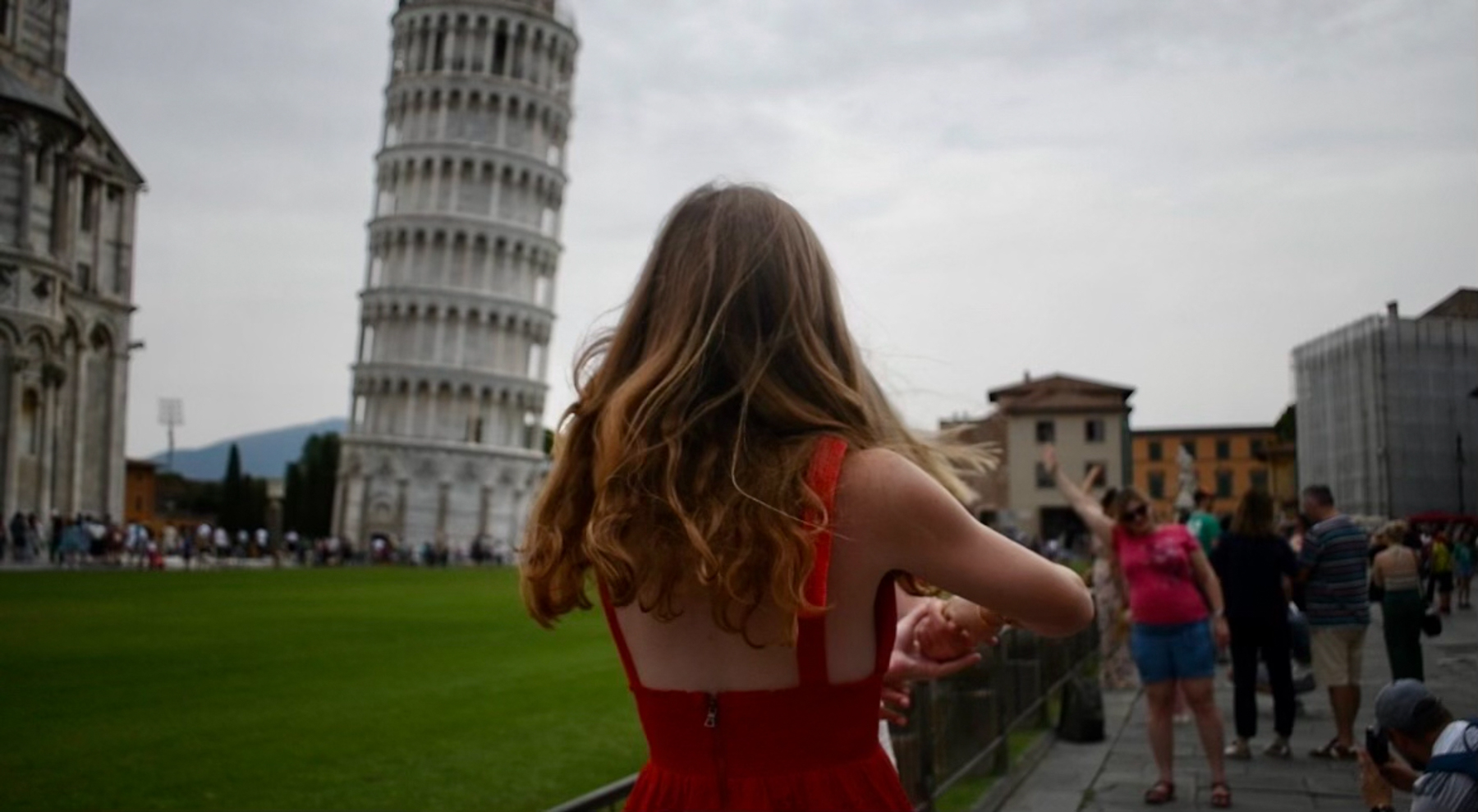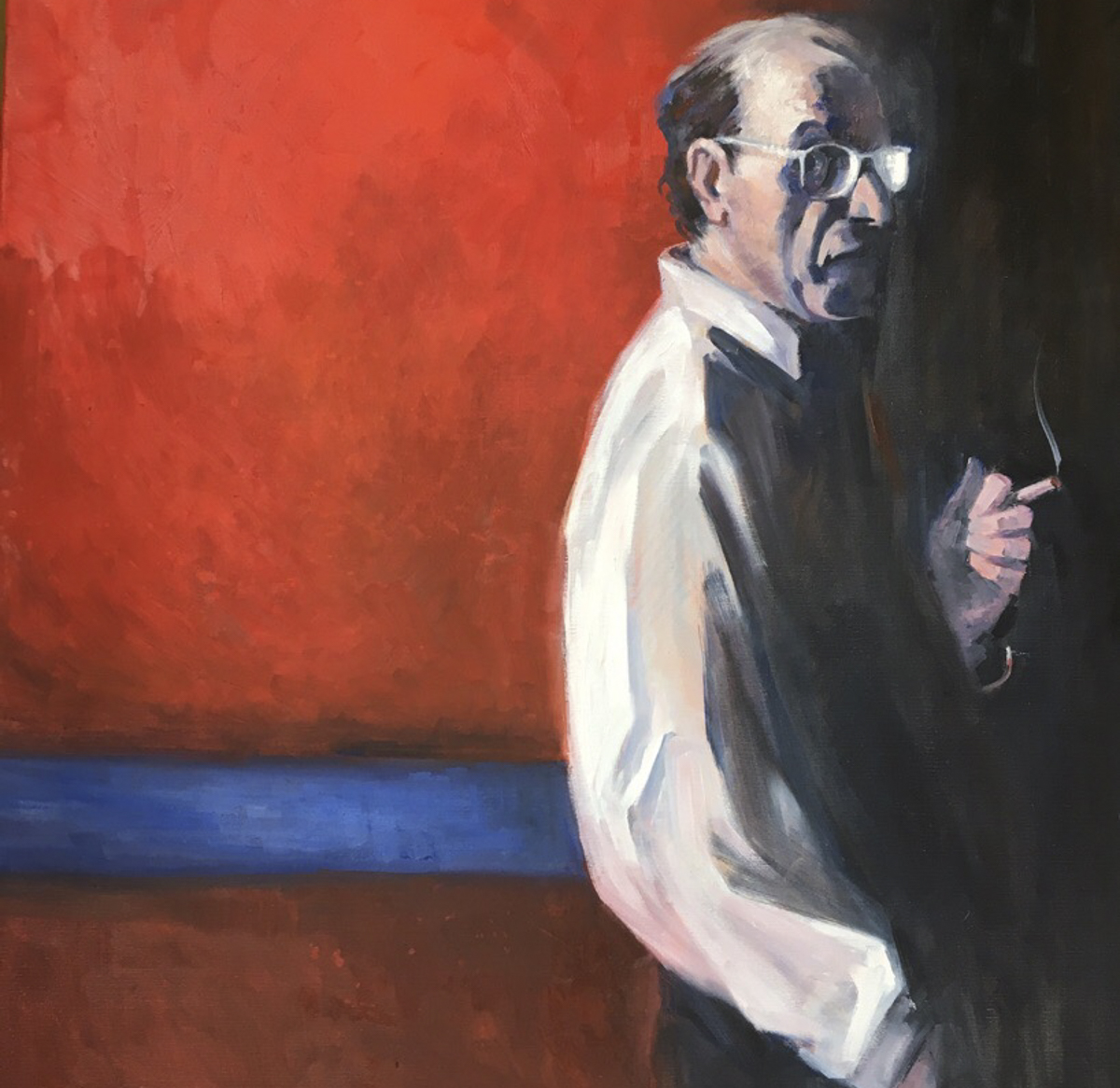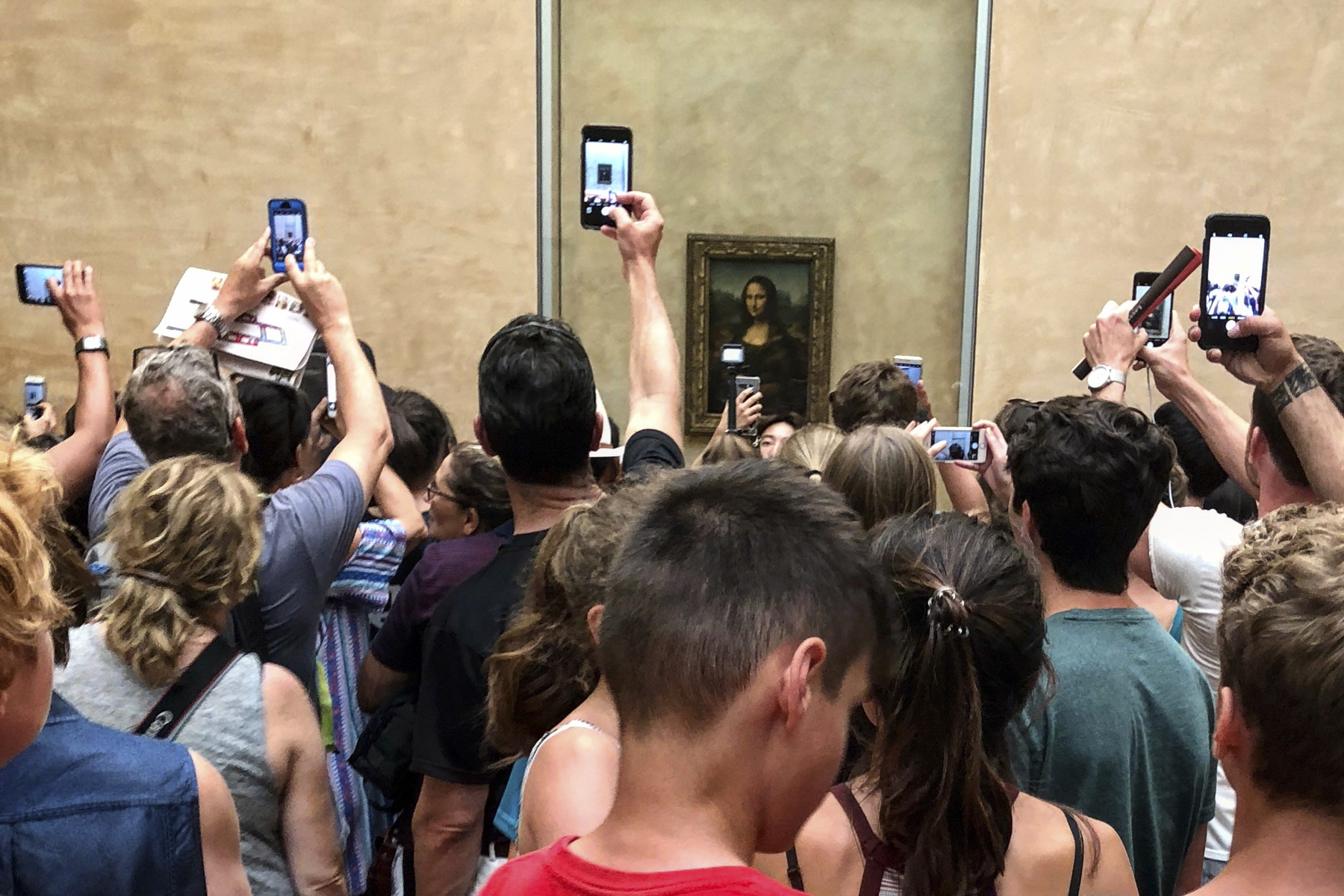
A Special Train Fare, a Painting, and Ancient Religious Prisoners
STORY AND PHOTOS BY CAROL LARREY
The train running 150 miles east to ancient Carcassonne from my home in southwestern France was, unusually, only one euro. Given that my husband was absorbed by projects in his office, I decided to spend the euro and head east for a stroll by myself around the famous citadel. The cheap ticket would provide a chance to do some things I’d never done before, such as walk the Canal du Midi from one lock to another and climb the 232 stairs of the Saint Vincent belfry to enjoy a view of the Cité from a mile away.
Plans taking shape, I further discovered that entrances to the restored castle and its battlements were free that day, as well as the art museum downtown. It seemed like a fun day was ahead. Of course, Carcassonne is more than just a cool setting for the film Robin Hood: Prince of Thieves—it’s also a reminder of historical tragedies. So “fun” might not be the right word.

